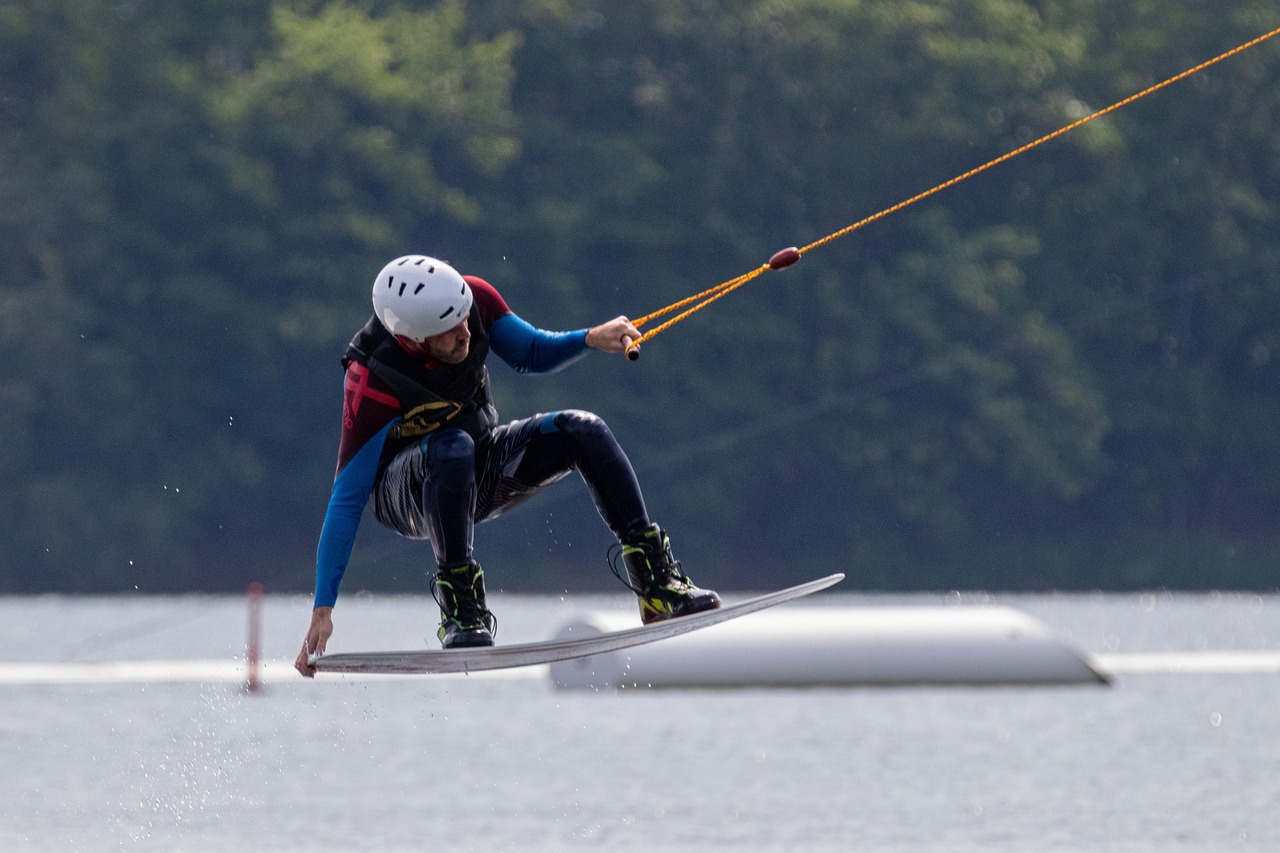Stadium Accessibility for Fans with Disabilities
Online Cricket ID, Online Cricket ID: When attending sporting events, fans with disabilities encounter unique challenges that can impact their overall experience. It is important for stadiums and venues to provide accessible seating options to accommodate varying needs, whether it be mobility, vision, or auditory impairments. By ensuring that these seating areas are equipped with appropriate facilities, such as ramps, elevators, and clear sightlines, fans with disabilities can fully enjoy the event without any barriers hindering their enjoyment.
Additionally, it is crucial for stadiums to train their staff on how to assist fans with disabilities effectively. From providing directions to accessible amenities to offering support during emergencies, staff members play a key role in ensuring that every fan, regardless of their disability, feels welcomed and valued. By fostering a culture of inclusivity and understanding, stadiums can create an environment where all fans can revel in the excitement of live sports events.
Understanding ADA Requirements for Stadiums
ADA requirements for stadiums are essential to ensure equal access for all individuals, including those with disabilities. These regulations mandate that stadiums must provide accessible seating options dispersed throughout the venue to offer an inclusive experience for fans with disabilities. Additionally, stadiums are required to have designated accessible parking spaces with appropriate signage and pathways leading to accessible entrances.
Furthermore, ADA requirements dictate that stadiums must offer accommodations such as accessible restrooms, concession stands, and communication devices for individuals with disabilities. It is crucial for stadiums to not only meet the basic ADA standards but also go above and beyond to enhance the overall experience for fans with disabilities. By prioritizing accessibility and adhering to these regulations, stadiums can create a welcoming and inclusive environment for all attendees.
• Stadiums must provide accessible seating options dispersed throughout the venue
• Designated accessible parking spaces with appropriate signage and pathways to accessible entrances are required
• Accommodations such as accessible restrooms, concession stands, and communication devices for individuals with disabilities must be provided
• It is important for stadiums to not only meet basic ADA standards but also enhance the overall experience for fans with disabilities by going above and beyond
• Prioritizing accessibility and adhering to these regulations can help create a welcoming and inclusive environment for all attendees.
Accessible Seating Options Available
Accessible seating options at stadiums and venues serve the purpose of accommodating fans with disabilities, ensuring they can enjoy events comfortably. Wheelchair-accessible seating is a standard offering, providing designated spaces with unobstructed views and adequate maneuvering space for individuals using mobility devices. These seating areas are typically located at various vantage points within the venue to offer equal access to the event experience.
In addition to wheelchair-accessible seating, venues often provide companion seats for individuals accompanying fans with disabilities. Companion seats are positioned adjacent to the accessible seating sections, allowing companions to sit together and provide assistance or support as needed. This arrangement ensures that fans with disabilities can attend events with a companion of their choice, enhancing their overall enjoyment and comfort during the event.
What are some key considerations for fans with disabilities when it comes to seating at stadiums?
Fans with disabilities should consider factors such as proximity to accessible parking, ease of access to the seating area, availability of companion seating, and the presence of accessible amenities such as restrooms and concession stands.
What are some of the ADA requirements for stadiums in terms of accessible seating?
The Americans with Disabilities Act (ADA) requires stadiums to provide designated accessible seating areas with companion seating options, accessible routes to and from these seating areas, and accommodations for individuals with mobility impairments or other disabilities.
What are some of the accessible seating options available at stadiums?
Some accessible seating options at stadiums may include wheelchair-accessible seating areas, designated seating for individuals with visual or hearing impairments, and seating areas with additional space for mobility devices or service animals.







